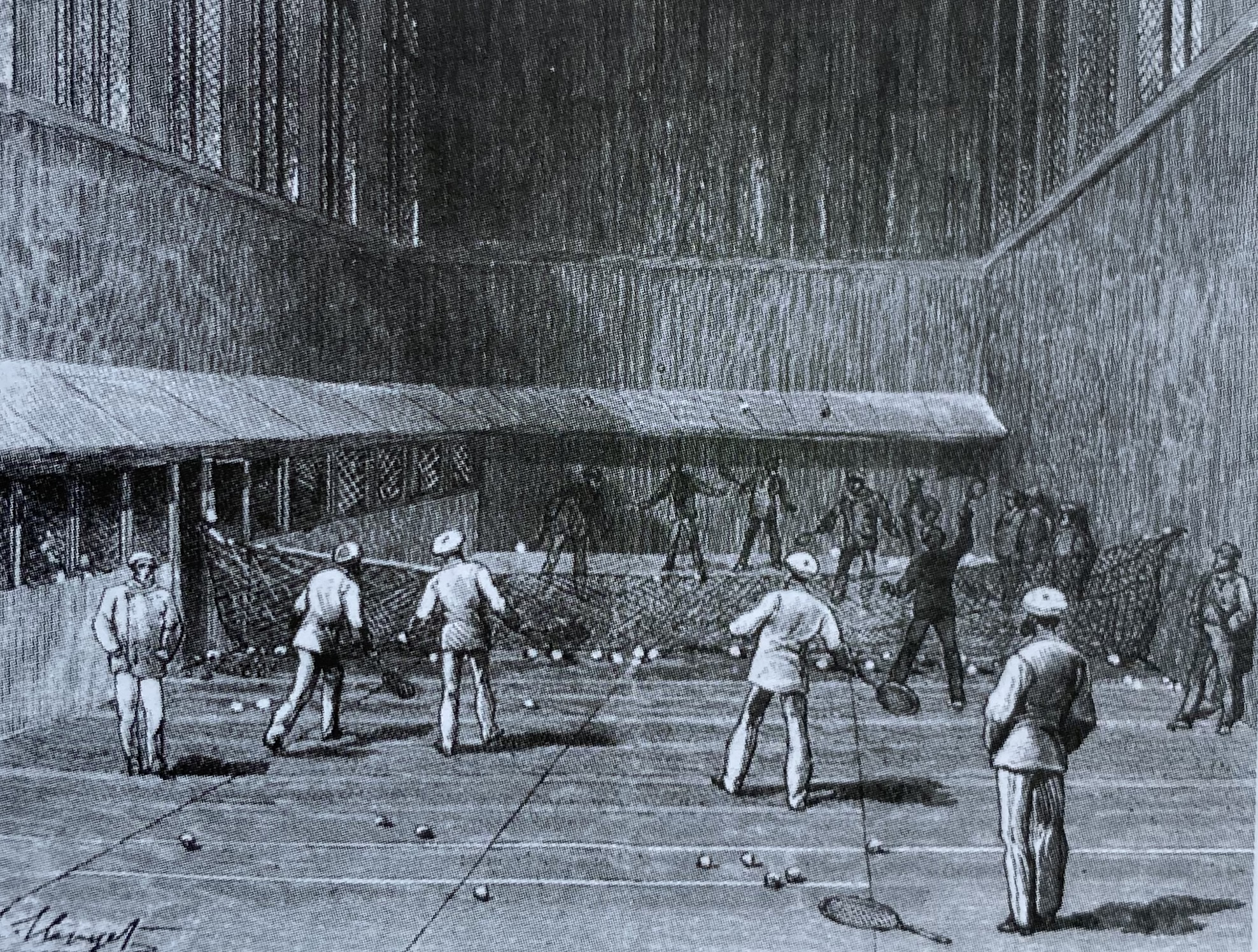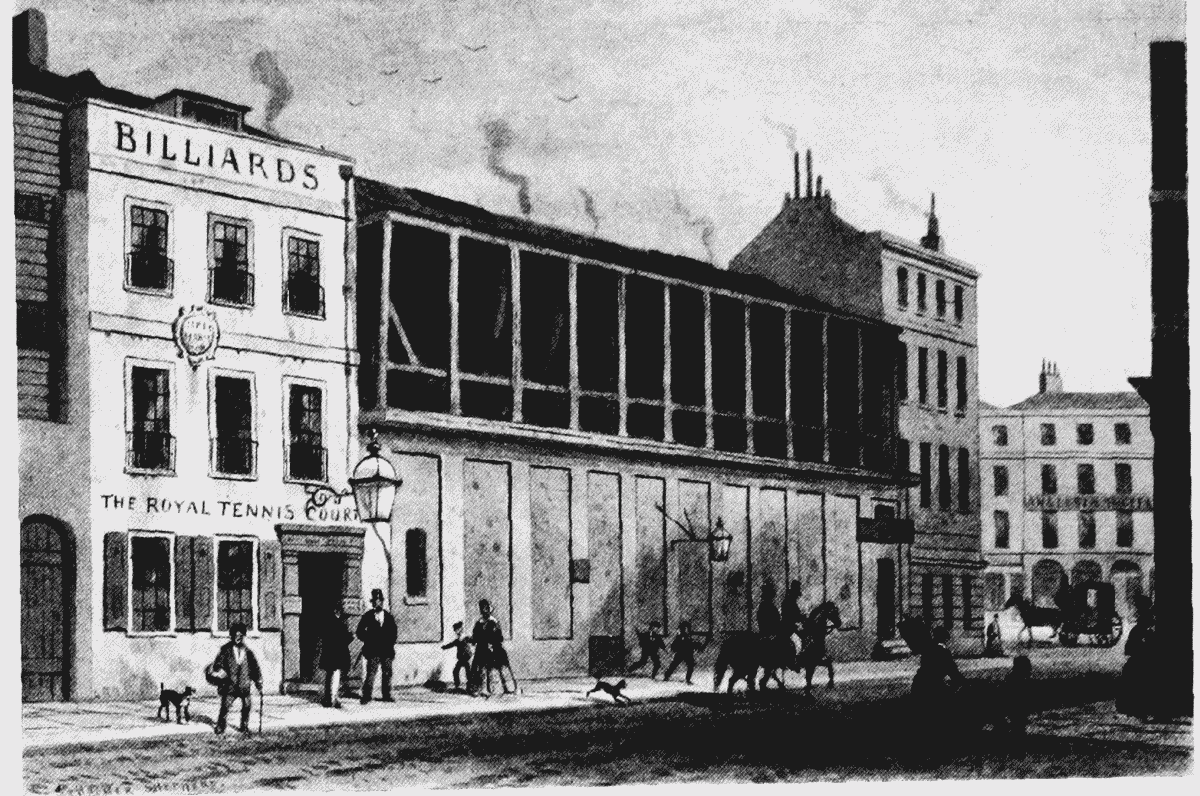Evolution of Tennis
How the game is played
All sorts of games, with balls of various shapes and sizes, have been played for centuries, originally as handball.
But Tennis – or Real Tennis as it is now more generally known – is played:
- In an enclosed and covered court
- Using walls and penthouse roofs, with a tambour
- Facing each other (singles or doubles) over a net
- Using an odd-shaped racquet and a solid ball
- With a number of winning openings
- Serving forehand or backhand, underarm or overarm
- Always serving from the same end
- Changing ends after laying chases
- Scoring of points in 15s
- Operating a sophisticated handicap system
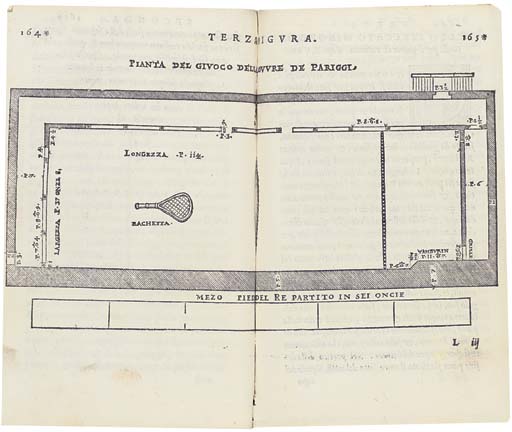
How did the game develop?
- Earliest mention of Tennis in enclosed courts (without roof) in Italy in the 13th Century; enclosed and covered courts in 15th Century Italy
- The first picture of a court with a penthouse was around 1450; probably initially shop fronts or a roofed area for spectators
- The origin of the tambour is unknown, but it may have been introduced into the game as an additional hazard to counter the effect of the dedans, first mentioned as being made of wood in the 16th Century
- The net was originally a line in the street, then a cord (1539) and finally a net
- First evidence of a bat in 1390 and a strung racquet in around 1500
- The current shape of the racquet derives from Guillaume Barcellon in the mid-18th Century, intended to help when the ball is cut
- Early balls were filled with flax, plant material or animal hair and stuffed into a leather cover; the modern ball has a cork core, with cotton webbing tied with string and covered with felt stitched together by the professionals
- Early matches were played as three, four, five (1591 in front of Elizabeth I) or even six-a-side
- Early courts had Trous and Lunes (see Falkland Palace) as winning openings which later developed into the Grille; Dedans first introduced to courts in France in the 16th Century and the Winning Gallery is first mentioned in the 18th Century
- Originally (pre 15th Century), a servant (non-player) was employed to throw or lob the ball into play via the penthouse
- Chases were first recorded in 1316, with a number of variations used over time, initially as a baseline in a court with no back wall; modern chase lines first appeared in the early 18th Century
- Scoring in 15s first mentioned in 1431 – no one knows why, although there are various theories around four points being a quarter of the medieval whole of 60!
- Loose rules were first laid down by Antonio Scaino in 1555, these being amended and clarified up to 1800 when Joseph Barcellon revised them; the MCC produced a set of rules in 1872 with which Julian Marshall disagreed so he produced his own which were more widely accepted; the T&RA has continued to clarify and amend various aspects since 1907
- Handicaps are as old as the game itself and were often mere guesswork or just bizarre. The beginnings of the current computerised system started at Leamington in 1969. This was developed on a linear numerical scale by Charles Wade in 1979; this, with minor modifications, is the internationally recognised system now in use
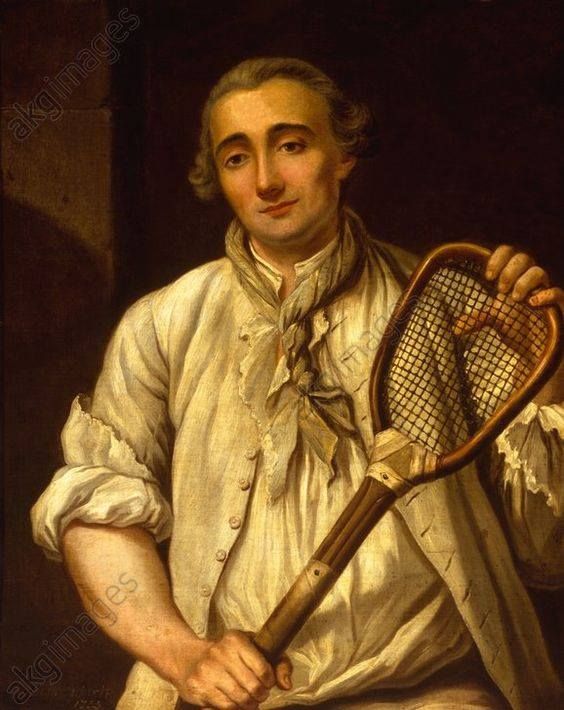
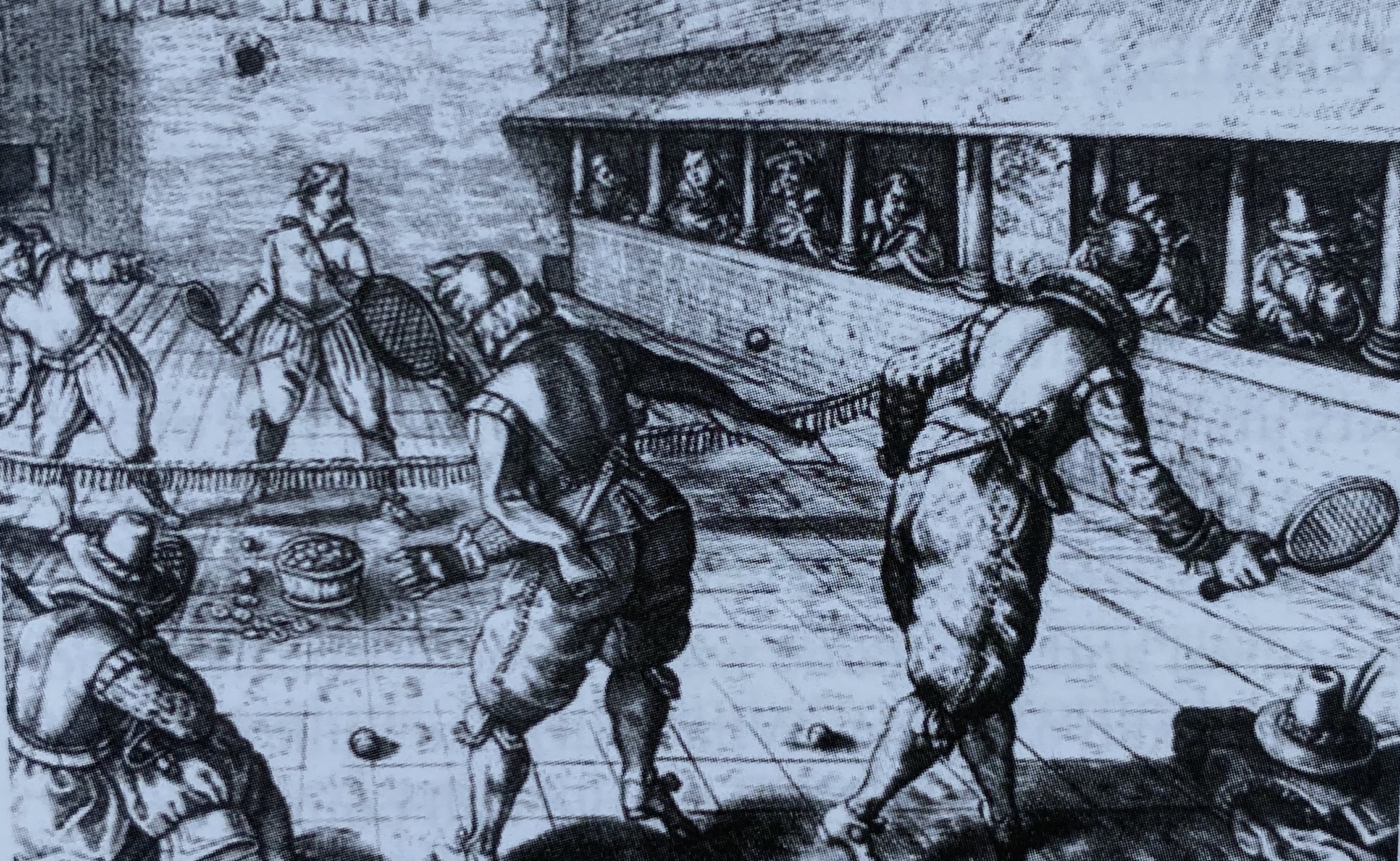
A street game
Tennis was originally a street game which would have been played using existing walls or in yards.
It was mostly played in towns and many early courts would have been attached to inns. As the game developed, and the design brief became more specific, many new courts were built under royal patronage, particularly in France and the British Isles, or on the estates of private houses. The first private court is reckoned to be at Dijon from 1250, with a court at Dublin Castle dated 1361. There was much gambling associated with the early game.
There is evidence of courts in almost every country in Europe from the 13th Century onwards. Further afield, there is evidence of courts in the USA before the Civil War from the middle of the 17th Century but then not until the late 19th Century; in Australia courts were built from the mid to late 19th Century.
Very few of the early courts survive, being mostly built of wood, with some converted to theatres, some burnt down or others pulled down to make way for new developments.
The game is currently played in Australia, England, France, Scotland and the USA, but there is much interest in other countries such as Holland and Ireland.
The ebbs and flows of popularity of Tennis over the centuries have been much affected by wars, revolution and plague. At present, the game is on an upswing, with many new courts under construction or at the planning stage.
